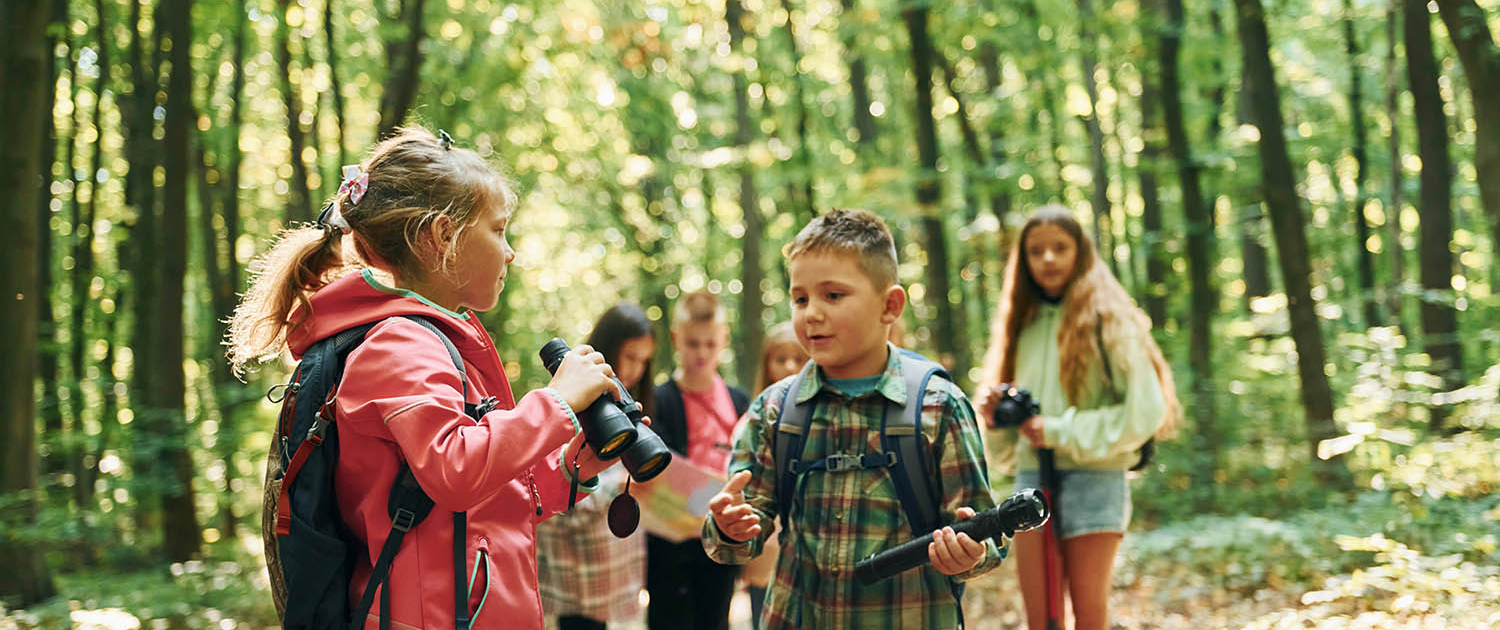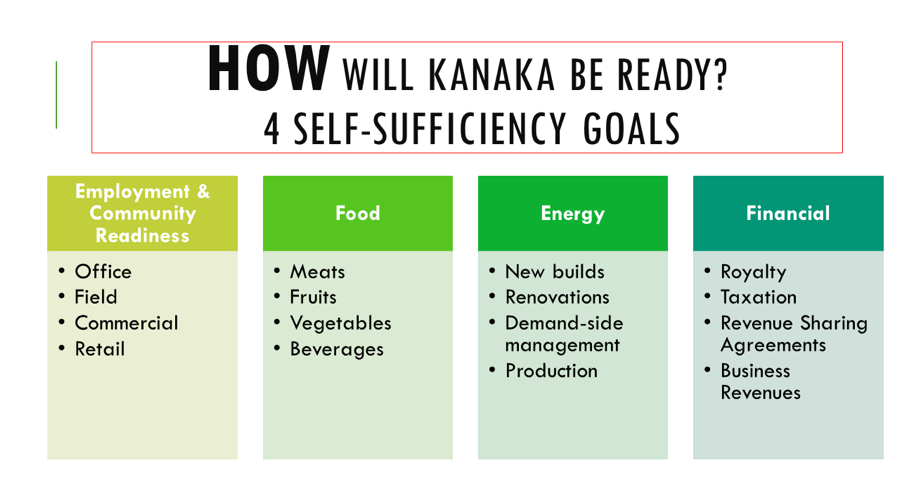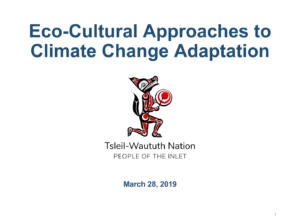Across the sprawling landscapes of Turtle Island, from the western mountains through central prairies, over eastern woodlands, to the northern boreal and tundra, the land carries memory. It speaks through ancient fires, through the whispers of returning smoke, through the cycles of regeneration and loss. Fire is not merely a destructive force but a living relative with agency, voice, and purpose embedded in the land’s sacred balance.
Fire as a Living Relative and Teacher
In Indigenous worldviews across Canada, whether among the Coast Salish, Anishinaabe, Cree, Dene, Mi’kmaq, Inuit, or Métis, fire is understood as more than heat and flame. Fire is a relative: a powerful presence that teaches and transforms. Fire holds knowledge about when and where to flow, how to clear away the old and invite new life, and when to retreat to allow healing. It is a force that must be listened to, respected, and lived with, not tamed or feared.
The land itself contains this fire knowledge, its patterns and rhythms, held not only in the soil and trees but also in the pulse of the more-than-human relations that weave together plants, animals, insects, and waters. These relationships have been cultivated through generations of ceremony, stewardship, and attentive listening.
The Memory of Fires Past: Lessons Written in the Land
For millennia, Indigenous peoples have carried the memories of fire’s many faces: the gentle burns that nurtured wild berries and medicines, the larger fires that shaped forests and grasslands, and the fires that carried warnings and renewal. These memories are more than history; they are living teachings embedded in stories, songs, and place. They remind us how fire once danced in balance with water, wind, and seasons, fostering abundance and diversity.
The land’s hold on this memory reveals how fire traditionally cleared away invasive undergrowth, opened habitats, cycled nutrients, and created mosaic landscapes vital for wildlife. Indigenous fire stewardship was respectful and purposeful, marked by precision, ceremony, and an understanding of fire’s role as a caretaker.
The Changing Land: Fire’s Agency Amidst Drought and Climate Change
Today, this sacred balance is strained as climate change stirs new challenges. Prolonged drought and rising temperatures dry the land beyond its natural resilience. Fire’s agency, once harmonized with the earth’s rhythms, now pulses with growing intensity and unpredictability. Wildfires rage more frequently, far beyond the historical rhythms of many regions, threatening the very life-systems they once helped sustain.
In western forests, ancient conifer refugia for caribou and lynx face pervasive mortality. In central prairies, grasses and wildflowers fail to recover, leaving soil exposed. Eastern woodlands lose their understory of medicinal plants and berries, which are relied upon by birds and smaller mammals. Northern boreal and tundra zones are suffering from the collapse of delicate lichen beds and shrinking habitats for migratory birds.
All the while, fire continues to assert its agency, challenging all beings to remember and adapt.
Honouring Fire Knowledge: Stewarding Indigenous Wisdom for the Land and All Life
To walk respectfully with fire in this changing world demands more than technology or control; it demands honouring Indigenous fire knowledge systems, which see fire as a living relation, as part of the land’s voice.
Non-Indigenous peoples and institutions must listen deeply to this wisdom. Stewardship means recognizing the fire’s spiritual, ecological, and cultural roles as encoded in Indigenous laws, ceremonies, and practices, which are calibrated to the land’s signals and cycles. It means supporting Indigenous leadership with sovereignty over how landscapes are cared for and how fire is welcomed, guided, or restrained.
This stewardship involves:
Recognizing the land’s agency, learning from the land where fire is needed and where it is invited to restore life, not simply extinguished as a threat.
-
- Integrating Indigenous fire timing and techniques, such as controlled or “cool” burns guided by ecological indicators and spiritual guidance, which have been practiced for thousands of years.
-
- Respecting the relational web that includes plants, animals, fungi, and waters as kin with roles in fire’s unfolding.
-
- Bridging knowledge systems where Indigenous knowledge co-creates with scientific understanding, enhancing fire forecasting, monitoring, and response rooted in ecological respect.
Fire as a Call to Renew Kinship and Balance
As drought and dry conditions intensify, the urgency of honouring fire’s role becomes increasingly apparent. Fire teaches humility the lesson that we are part of the land’s family, not masters of it. The fate of biodiversity, including berries, pollinators, game, medicinal plants, soil microbes, and waters, echoes the health of the balance of fire.
In listening to fire’s voice, remembering its cycles, and walking with Indigenous stewardship, humans reclaim responsibility. Fire need not be a force of devastation alone but can become a renewing presence that heals scars, encourages diversity, and sustains future generations of life.
This is not only a strategy for wildfire management, but a sacred path forward, one where agency, memory, and respect guide us toward living in a reciprocal relationship with the land, honouring fire’s place as a vital and sacred relative.
Blog by Rye Karonhiowanen Barberstock
(Image Credit: Jan Kopřiva, Unsplash)






















